You can expect a 750w electric bike to reach a typical speed between 20 and 28 mph, with a top speed up to 32 mph under perfect conditions. Your actual electric bike speed depends on whether you use pedal assist or throttle; pedal assist usually helps you reach higher speeds. Rider weight, terrain, and battery health all play a part in how fast do electric bikes go. The table below shows common speed ranges and limits for different 750w ebike classes:
|
Condition / Classification |
Speed Range / Limit |
Notes |
|---|---|---|
|
Typical Speed |
20 - 28 mph |
Varies based on rider weight, terrain, battery capacity, weather, and tire condition. |
|
Maximum Speed (Ideal Conditions) |
Up to 28 mph |
Achieved on flat, smooth terrain with a fully charged battery and optimal conditions. |
|
Class 1 E-bike |
Max 20 mph |
Pedal-assist only. |
|
Class 2 E-bike |
Max 20 mph |
Throttle-assisted. |
|
Class 3 E-bike |
Max 28 mph |
Pedal-assist, often includes 750W models. |
|
EU Regulatory Limit |
25 km/h (~15.5 mph) |
Regional variation; EU limit for motor assistance speed. |
Always follow local laws and ride safely, as electric bikes must obey speed limits for your safety and others.
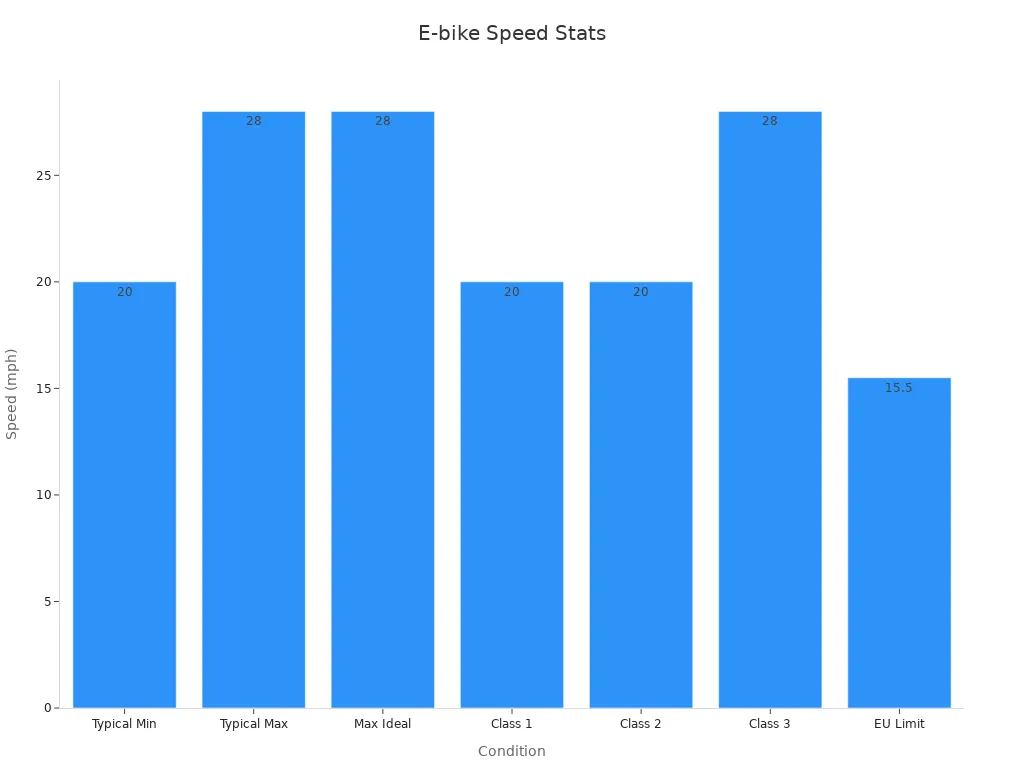
750W Electric Bike Speed

How Fast Does a 750W Electric Bike Go
When you ride a 750w electric bike, you usually reach speeds between 20 and 28 mph. Independent tests confirm that a 750w ebike can hit these speeds on flat ground. If you push hard or ride in perfect conditions, you might see a top speed of up to 28 mph. Some models even claim a maximum speed potential of 32 mph, but this is rare in daily use. The fastest recorded speed for an electric bike with a 750w motor often happens only in controlled environments.
You may wonder, how fast does a 750w electric bike go compared to other models? The answer depends on the bike’s design, battery, and motor type. Both mid-drive and hub motor 750w ebikes can reach similar top speeds, but mid-drive motors give you better handling and more efficient use of power, especially on hills. Hub motors sometimes feel heavier in the back, which can affect how fast you accelerate and how easy the bike is to control.
Pedal Assist vs. Throttle
You have two main ways to control your 750w ebike: pedal assist and throttle. Pedal assist uses sensors to detect how hard you pedal. The motor then adds power to help you go faster. This system feels natural and makes your ride smoother. Pedal assist also helps you reach higher speeds, especially when you combine your own effort with the motor’s boost.
Throttle-only mode works more like a scooter. You twist or push a lever, and the motor gives you instant power. This is great for quick starts or when you want to rest your legs. However, throttle mode uses more battery and usually gives you a lower top speed than pedal assist.
Here is a quick comparison of pedal assist and throttle performance on a 750 watt electric bike:
|
Aspect |
Throttle-Only Performance |
Pedal Assist Performance |
|---|---|---|
|
Speed & Acceleration |
Instant power delivery, better for quick starts |
Higher top speeds when combined with pedaling |
|
Battery Efficiency |
Lower efficiency, shorter range (20-35 miles) |
More efficient, longer range (40-100+ miles) |
|
Riding Experience |
Requires no pedaling, motorcycle-like control |
Natural cycling sensation, encourages exercise |
|
Use Cases |
Urban commuting, short bursts, heavy loads |
Long-distance rides, fitness, varied terrain |
|
Legal Classification |
Often Class 2 e-bikes with throttle |
Often Class 1 or 3 e-bikes with pedal assist |
-
Pedal assist systems with torque sensors adjust power based on your effort, making the ride feel more like a regular bike.
-
Throttle-only mode is simple to use but less adaptive and less efficient.
-
Managing pedal assist settings and gears takes some practice, but it helps you get the most out of your 750w motor.
Real-World vs. Advertised Speed
Manufacturers often advertise the maximum speed potential of a 750w electric bike as 28 mph or higher. In real life, you may not always reach this electric bike speed. Many factors affect how fast do electric bikes go, such as your weight, the road surface, wind, and even tire pressure. Controlled tests show that the average speed for a 750w ebike during normal commuting is about 18 to 22 mph. If you pedal hard and ride on flat ground, you might reach the maximum assisted speed of 27 to 28 mph.
A study compared real-world speeds to advertised numbers for 750w ebikes:
|
Riding Effort |
Average Speed (mph) |
Peak Speed (mph) |
|---|---|---|
|
Casual Pedaling |
15 to 17 |
20 to 22 |
|
Moderate Pedaling |
18 to 22 |
24 to 26 |
|
Aggressive Pedaling |
23 to 26 |
27 to 28+ |
Note: The fastest recorded speed for an electric bike with a 750w motor usually happens only with aggressive pedaling and perfect conditions.
Environmental factors like hills, wind, and temperature can lower your practical speed. Technical details such as battery size, motor quality, and bike weight also play a big role. You can improve your electric bike speed by keeping your tires inflated, using the right gears, and learning how to use assist settings well. New technology in batteries and motors helps close the gap between advertised and real-world speeds, but some difference will always remain.
If you want to know how fast can electric bikes go, remember that the answer depends on many things. The 750w electric bike gives you a good balance of speed, range, and control. You get a reliable top speed for city rides and enough power for hills or longer trips. Always check your local laws before riding at high speeds, and wear safety gear to protect yourself and others.
Factors Affecting 750W Ebike Speed
Rider Weight
Your weight plays a big role in how fast your 750w ebike can go. Heavier riders make the motor work harder, which lowers the top speed and reduces acceleration. Lighter riders often reach higher speeds more easily. If you carry a backpack or extra gear, you add more weight, which also affects how quickly your bike moves. When you ride with a passenger or heavy cargo, you will notice a drop in practical speed. Always check your bike’s weight limit to keep your ride safe and smooth.
Terrain and Surface
The type of ground you ride on changes your 750w ebike speed. Flat, paved roads let you reach speeds close to 28 mph. Hills and rough trails slow you down because your 750w motor needs to use more power to climb or handle bumps. Road surface conditions matter, too. Smooth pavement gives you less rolling resistance, while gravel or wet roads require careful pedaling and lower your speed. Here are some key points about terrain and surface:
-
Hills and rough terrain reduce your speed.
-
Tire pressure and tread affect how easily your bike rolls.
-
Wet or uneven roads make you slow down for safety.
-
Urban areas with stops and obstacles lower your average speed.
You will find that natural conditions often limit your 750w ebike more than the numbers you see in ads.
Battery and Motor Type
The battery and motor work together to set your 750w ebike’s speed. A higher voltage battery gives your 750w motor more power, so you accelerate faster and can reach higher speeds. Battery capacity and health matter, too. If your battery is small or old, your speed drops, especially on hills or long rides. The motor type also makes a difference. Some motors deliver power smoothly, while others give you a quick burst. Controller settings can limit your top speed for safety or to meet local laws. You get the best performance when your battery matches your motor’s needs.
Weather Conditions
Weather can change how your 750w ebike performs. Wind, rain, and temperature all affect your speed and handling. The table below shows how different weather factors impact your ride:
|
Factor |
Impact on Performance and Speed |
|---|---|
|
Headwinds |
Increase effort needed, reducing speed |
|
Rain |
Lower speed due to traction loss and increased safety risks |
|
Temperature |
Extreme cold or heat reduces battery efficiency, lowering speed |
When you ride in bad weather, you may need to slow down and pay extra attention to safety. Cold or hot days can also make your battery less efficient, which lowers your top speed and range.
Tip: Always check the weather before you ride. Adjust your speed and riding style to match the conditions for a safer trip.
You can see that many factors affecting e-bike speed work together. Rider weight, terrain, battery capacity and health, motor type, and weather all play a part in how fast your 750w ebike can go. Knowing these factors helps you get the most out of your ride.
750W Electric Bike Laws
Electric Bike Speed Limits
You need to know the rules before you ride your 750W electric bike. Federal law, set by the Consumer Product Safety Commission (CPSC), says that e-bikes with motors up to 750W must follow these limits:
-
Class 1 and Class 2 e-bikes can go up to 20 mph with motor assistance.
-
Class 3 e-bikes can reach 28 mph with pedal assist.
States often follow these federal rules, but some add their own. For example, California limits electric bike speed to 20 mph in cities, even for Class 3 bikes. Other states, like New York and Pennsylvania, may require helmets or set special lane rules. Some places do not have clear wattage limits but still recommend following federal guidelines. Always check your local e-bike speed limits before you ride.
Tip: Most states do not need a license for 750W e-bikes, but helmet and age rules can change by location.
E-Bike Classes
E-bike classes help you understand what your bike can do and where you can ride. Here is a simple table to show the main differences:
|
E-Bike Class |
Motor Power (Watts) |
Max Assisted Speed (mph) |
Throttle Allowed |
Description |
|---|---|---|---|---|
|
Class 1 |
~250W |
20 |
No |
Pedal-assist only, good for bike paths |
|
Class 2 |
~500W |
20 |
Yes |
Pedal-assist and throttle, easy starts |
|
Class 3 |
~750W |
28 |
No (throttle to 20 mph) |
Pedal-assist only, fast city commuting |
Class 3 e-bikes, which often use 750W motors, let you keep up with city traffic. They must have speed limiters to stay legal. Lower classes have lower electric bike speed and fewer rules.
Compliance Tips
You can avoid trouble by following these steps:
-
Check your e-bike’s class and make sure it matches local rules.
-
Look up your city and state’s latest laws, like California’s new battery certification.
-
Keep your bike’s safety gear working, such as pedals and speed displays.
-
Know the age and license rules for your area.
-
Always follow posted speed limits and traffic signs.
-
Do not change your bike’s motor or speed settings from the factory setup.
-
Carry proof of purchase and any needed labels or certificates.
-
Stay updated on new laws using trusted resources.
Note: Federal law (16 CFR Part 1512) covers safety features like brakes, labels, and instructions. Keeping your bike in good shape and following these rules helps you ride safely and legally.
Electric Bike Comparison
750W vs. 1000W
When you compare a 750 watt electric bike to a 1000W model, you notice some clear differences in top speed, range, and hill climbing. A 750 watt electric bike usually reaches a top speed of about 28 mph, while a 1000W bike can hit up to 35 mph. If you ride on flat roads or mild hills, the 750 watt electric bike gives you steady acceleration and good efficiency. The 1000W bike, however, shines on steep hills and offers rapid acceleration, but it uses more battery power and often has a shorter range.
Here is a quick comparison:
|
Metric |
750W eBike |
1000W eBike |
|---|---|---|
|
Top Speed |
~28 mph |
~35 mph |
|
Range |
30–50 miles |
20–45 miles |
|
Hill Climbing |
Handles moderate inclines |
Excels on steep hills |
|
Efficiency |
Higher |
Lower |
|
Maintenance Cost |
Lower |
Higher |
If you want a balance of speed and range for city rides, the 750 watt electric bike works well. For mountain trails or heavy loads, the 1000W bike gives you more power but less range.
750W vs. 500W
You might wonder how a 750 watt electric bike compares to a 500W model. The 750W bike offers a higher top speed and better acceleration. You can expect a top speed of 28 mph on a 750W bike, while a 500W bike usually tops out at 20–22 mph. The 750W motor also handles hills and heavy riders more easily. If you ride mostly on flat ground and want longer battery life, a 500W bike may suit you. For mixed terrain and higher electric bike top speed, the 750 watt electric bike stands out.
Pros and Cons
Choosing the right motor size depends on your needs. Here are some pros and cons to help you decide:
750W Electric Bike Pros:
-
Good top speed for city and suburban riding
-
Handles moderate hills and heavier loads
-
Balanced range and efficiency
-
Lower maintenance costs than higher wattage bikes
Cons:
-
Not as powerful as 1000W bikes on steep hills
-
Slightly heavier and more expensive than 500W models
A 750 watt electric bike gives you a strong mix of speed, range, and reliability. You get enough maximum speed potential for most daily rides, and you can handle a variety of conditions with confidence.
750W Ebike in Real Life

Urban Riding
You will notice the benefits of a 750w ebike when you ride in the city. These bikes help you keep up with traffic and make your daily urban commuting smoother. You can accelerate quickly at green lights and handle stop-and-go traffic with ease. Many riders find that their real-world speed is lower than the top speed listed by the manufacturer.
A city commuter shared their experience with a 750W e-bike, noting that although the manufacturer claimed a top speed of 28 mph, actual average speeds in urban conditions were closer to 20 mph due to traffic and stoplights. The rider also observed that upgrading to a more aerodynamic pedal system improved acceleration during green lights. This real-world testimonial highlights how environmental factors impact the performance of 750W electric bikes in everyday urban settings.
You can use a 750w ebike for errands, work, or school. The motor gives you steady power, so you do not get tired on longer rides. You will also find that the bike handles well in crowded areas.
Off-Road Use
A 750W ebike gives you strong performance for off-road and trail riding. You can climb hills, ride over rocks, and handle rough paths with confidence. Many models include features that help you stay safe and comfortable on trails.
The Hiboy P6 Fat Tire Electric Bike is built for adventure. Its 750W brushless geared hub motor delivers powerful torque and consistent acceleration, letting you conquer steep inclines and rugged terrain with ease. Whether you're exploring forest trails, riding over gravel paths, or navigating snowy roads, the P6 provides the muscle you need.
What sets the Hiboy P6 apart is its 48V 13Ah removable lithium battery, offering a range of up to 62 miles per charge in pedal-assist mode — ideal for long trail rides or weekend getaways. You can reach speeds up to 28 mph, making it not just a trail bike, but a thrilling ride on and off-road.
With a front suspension fork offering 80mm of travel, the P6 absorbs shocks on uneven ground, while 26” x 4.0” fat tires give you excellent traction on sand, mud, or snow. Combined with hydraulic disc brakes, it ensures precise control and reliable stopping power even on downhill or wet surfaces.
You can expect a 750W electric bike to reach speeds between 28 and 32 mph in perfect conditions. Many things affect your speed, such as your weight, the terrain, battery health, and the weather.
-
Top speeds: 28–32 mph
-
Hill climbing: up to 14 mph
-
Speed drops with heavy loads, hills, or bad weather
-
US laws often limit e-bikes to 20 or 28 mph
Always check your local rules and ride safely. Choose a 750W e-bike that fits your needs and follows the law.
FAQ
How fast can you legally ride a 750W electric bike?
Most U.S. states let you ride up to 20 mph with throttle or 28 mph with pedal assist. Always check your local laws before riding. Some areas have lower limits or special rules.
Does a 750W e-bike need a license or registration?
You usually do not need a license or registration for a 750W e-bike. Some states may require helmets or have age restrictions. Always review your state’s rules before you ride.
How far can you go on one charge with a 750W e-bike?
You can expect a range of 30 to 80 miles per charge. Your range depends on your weight, terrain, battery size, and how much you use pedal assist or throttle.
Can you ride a 750W e-bike in the rain?
Yes, you can ride most 750W e-bikes in light rain. Make sure your bike has water-resistant parts. Avoid deep puddles and always dry your bike after wet rides.
How do you make your 750W e-bike last longer?
Keep your battery charged, clean your bike, and check tire pressure often. Store your e-bike indoors when possible. Regular maintenance helps your bike run smoothly and last longer.






 S2
S2
 KS4 Pro
KS4 Pro
 MAX Pro
MAX Pro



 Light-Weight & Portable
Light-Weight & Portable
 Long Range
Long Range
 For Heavy Riders
For Heavy Riders
 Big Wheel
Big Wheel
 With Seat
With Seat
 Fast
Fast

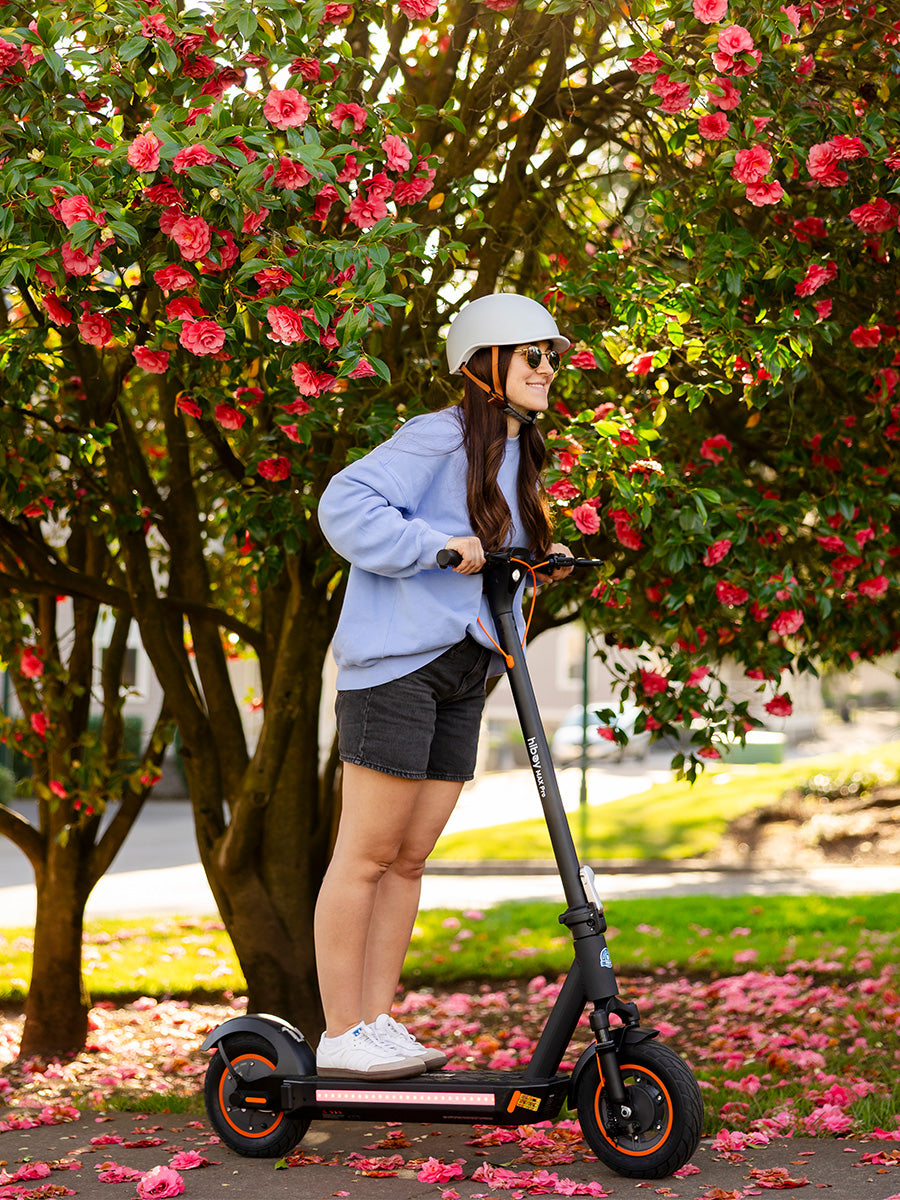

 EX6
EX6
 P6
P6
 C1
C1

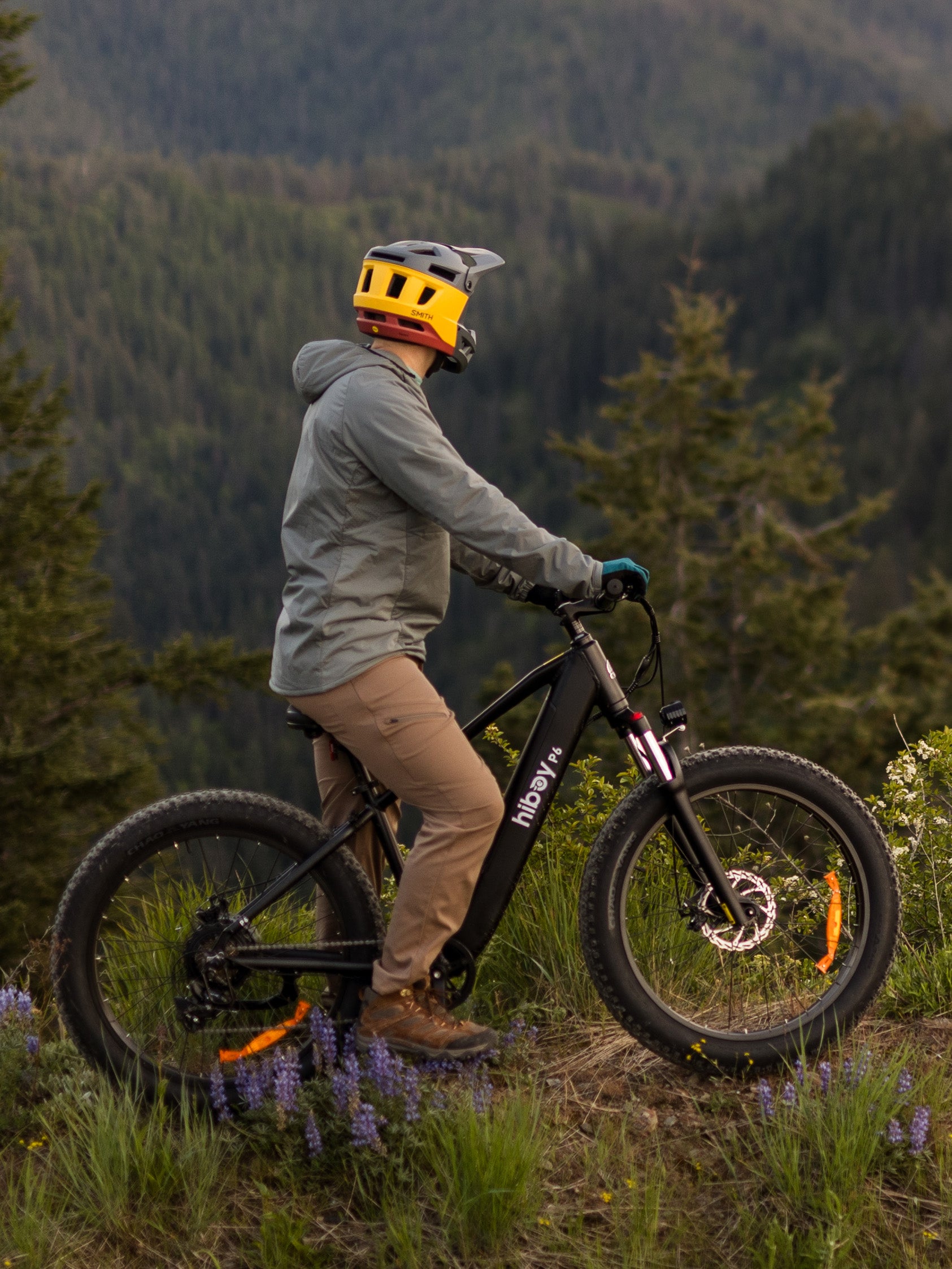
 S2 Lite
S2 Lite
 Q2 Lite-A
Q2 Lite-A
 ES-1
ES-1
 KS1
KS1
 Q2 Lite-A
Q2 Lite-A
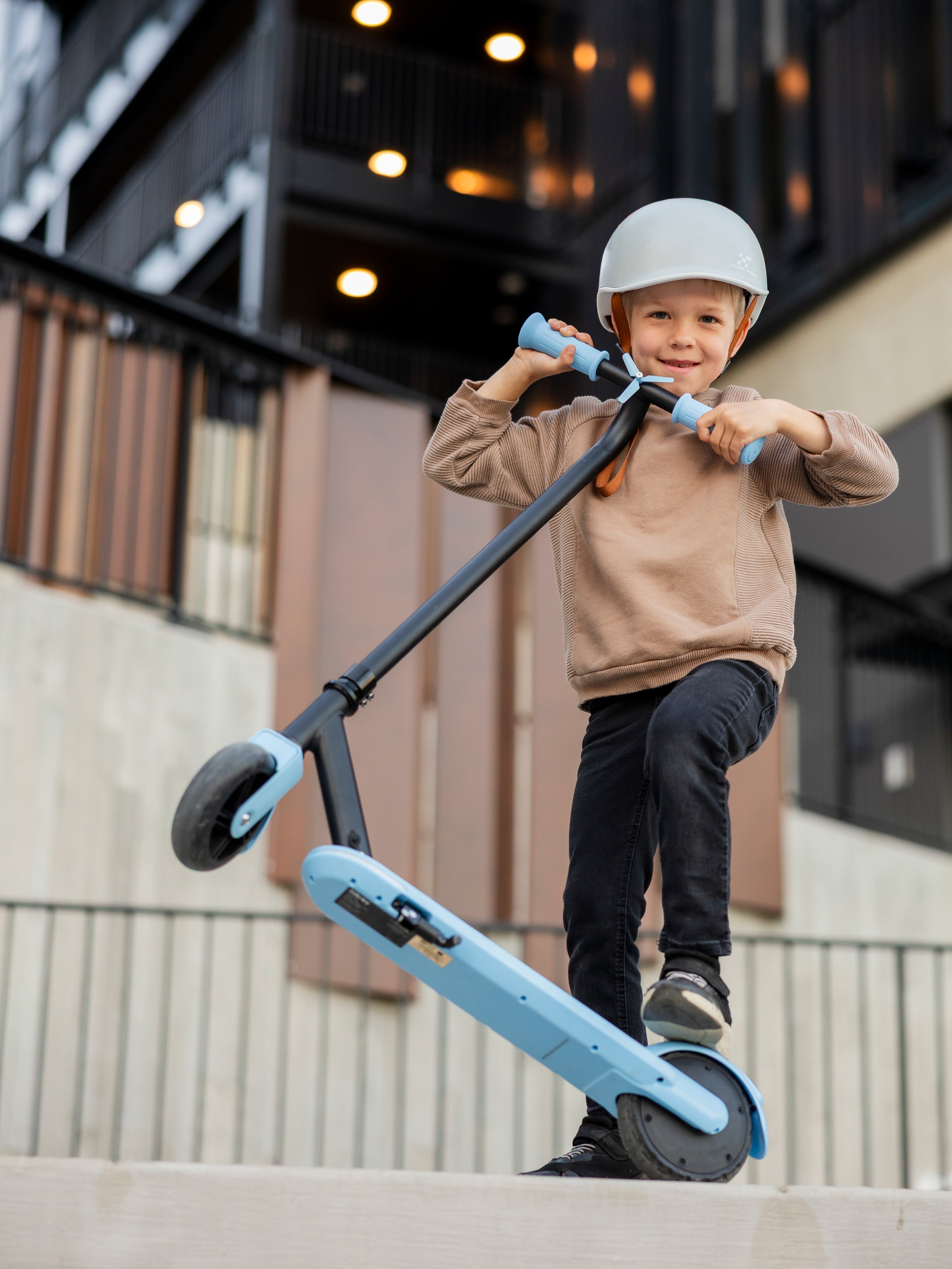
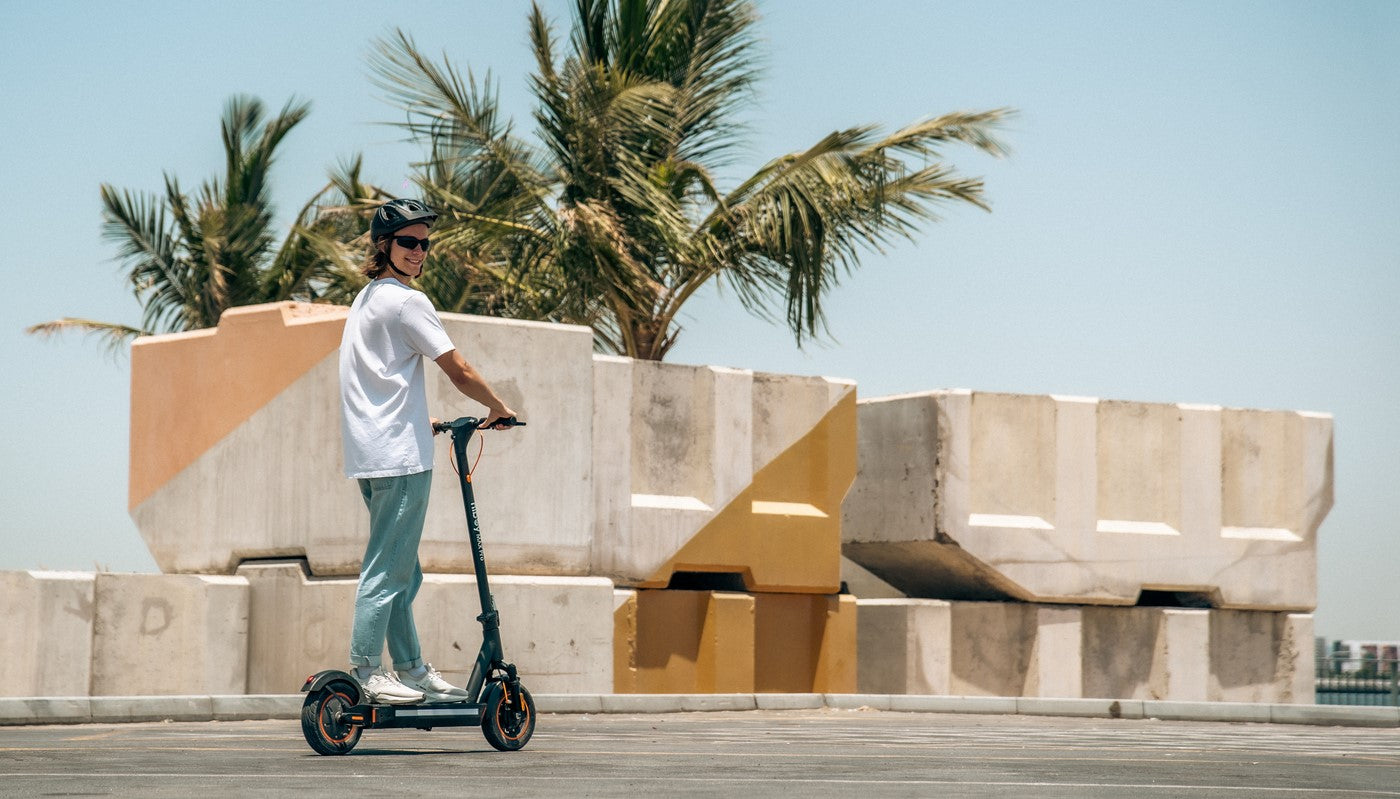
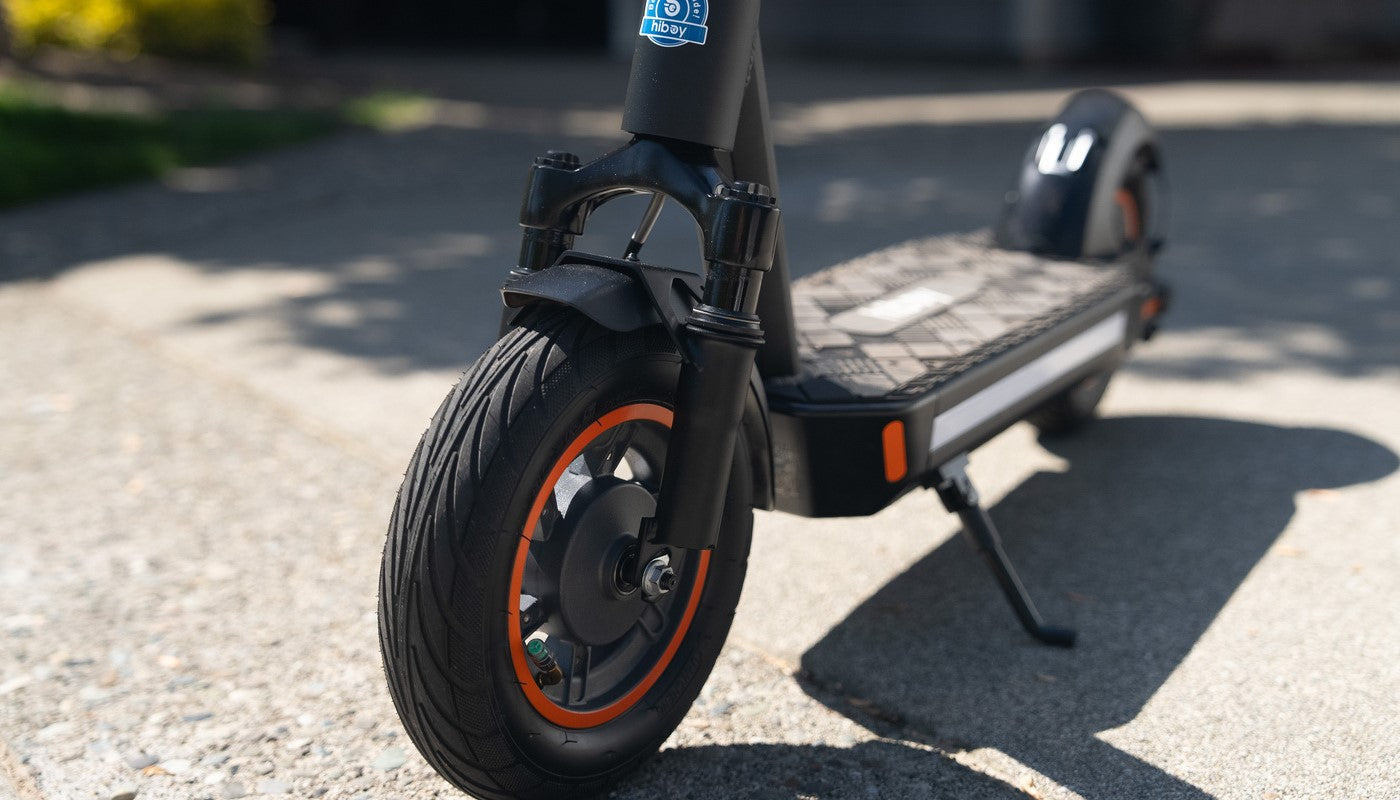
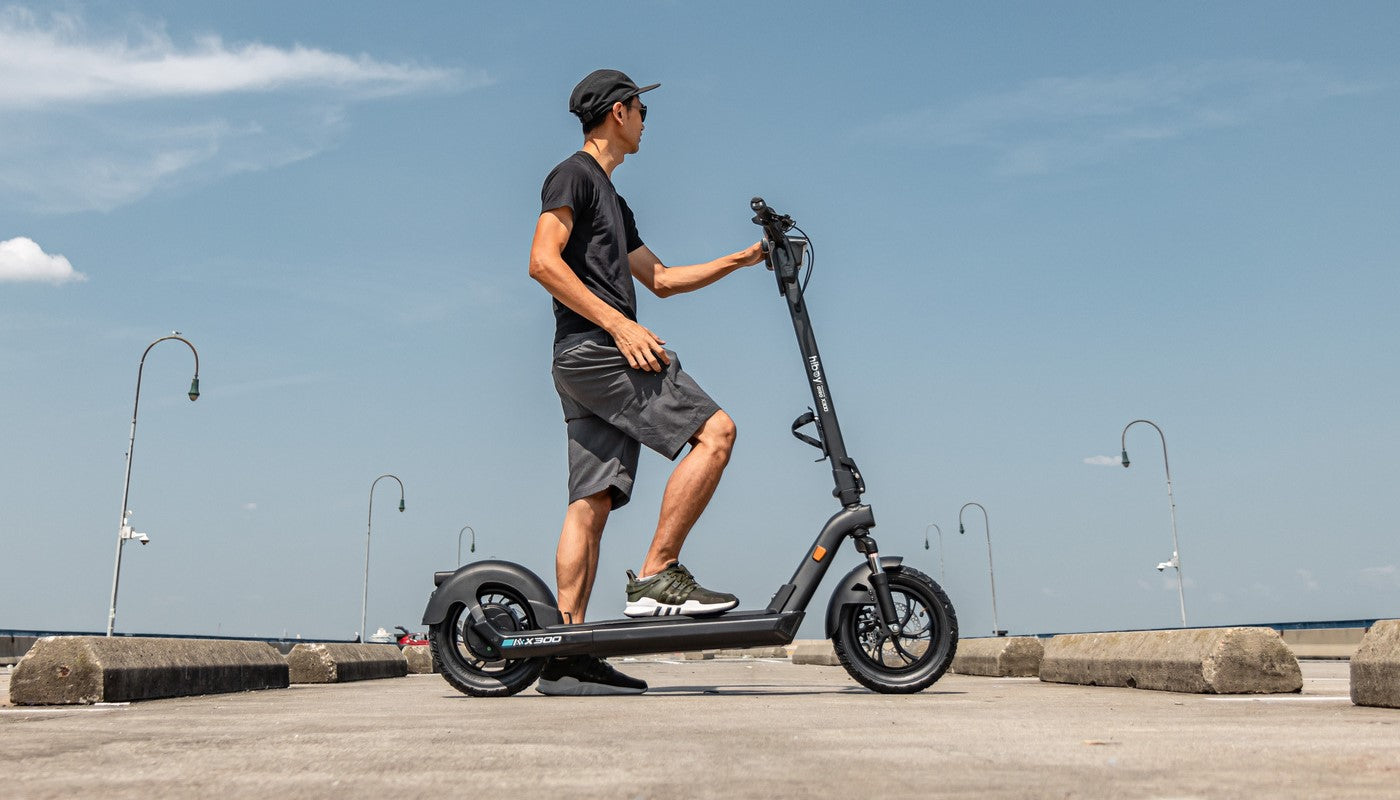






Leave a comment
All comments are moderated before being published.
This site is protected by hCaptcha and the hCaptcha Privacy Policy and Terms of Service apply.